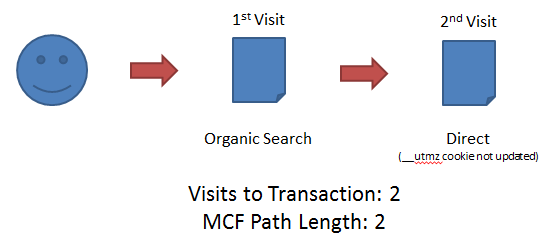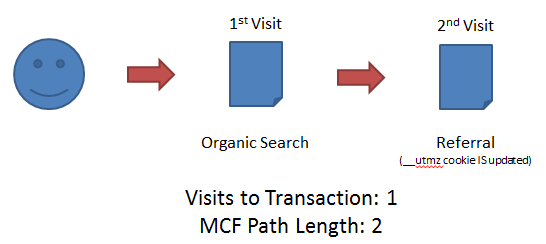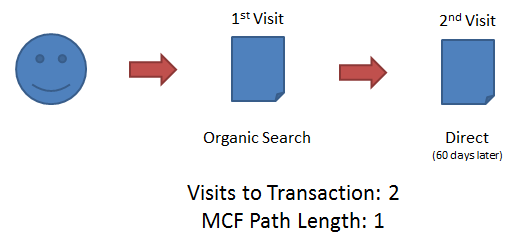Discrepancies In Visits To Transaction And Multi‑Channel Funnels
We recently ran into a very strange issue here at LunaMetrics. Specifically, my co-worker Dorcas Alexander noticed something odd in one of her client’s reports. While checking out the Multi-Channel Funnels report, Dorcas realized that the number of transactions listed with a path length of 1 (e.g., the transaction occurred on the visitor’s first interaction with the site) were different than the number of transactions listed as “1 visit to transaction” in the Visits to Transaction report.
Initially, it seems like the two reports should show the same, or very similar, numbers. But we were seeing discrepancies of 100%, with Visits to Transaction always higher by a huge margin.
Interactions are defined as “clicks/referrals from channels” by Google. And a Visit, of course, is the number of sessions that users have on your site. Why is there a difference between the two, and why is it so vast?
After some digging, and some help from former Director of Online Intelligence, Jonathan Weber, we think we may have put this issue to bed.
It looks like Visits to Transaction only counts visits from the most recent campaign update, whereas Multi-Channel Funnels counts all visits over the past 30 days.
Let’s take a look at some specific cases. Let’s say we have a visitor with the following visit path:

In this case, because the direct visit doesn’t update the __utmz cookie, then both reports will show the same data. But what if that cookie is updated?

Here, Multi-Channel Funnels will show a 2 interaction path length, but Visits to Transaction only shows 1, because the count is only from the last update of __utmz.

Finally, in this example, we only have a single interaction in the Multi-Channel Funnels path length, because it only counts for the last 30 days. But we have 2 Visits to Transaction, because the cookie was never updated (direct visits don’t overwrite).
Hopefully this will help to explain strange discrepancies in your own reports. Remember: usually there’s an explanation for weird stuff like this. Sometimes you have to dig a bit to get to the bottom, though.


